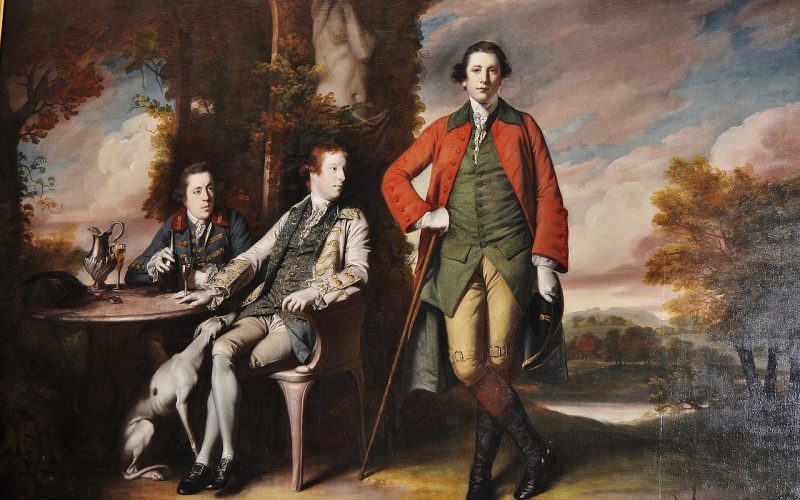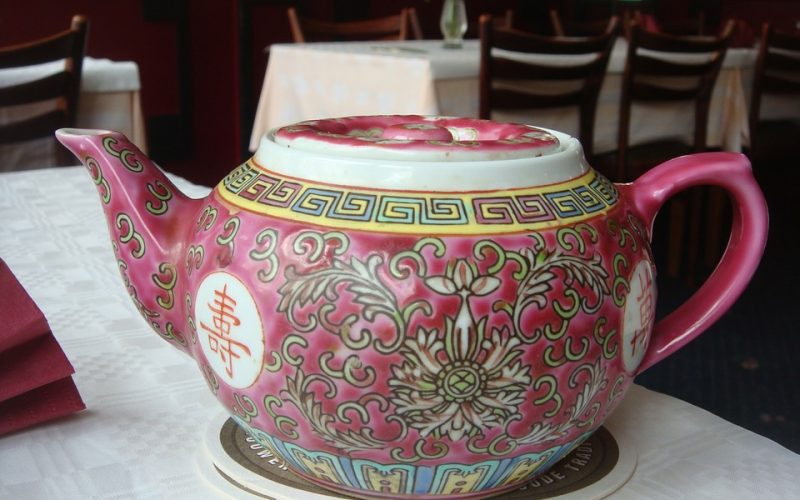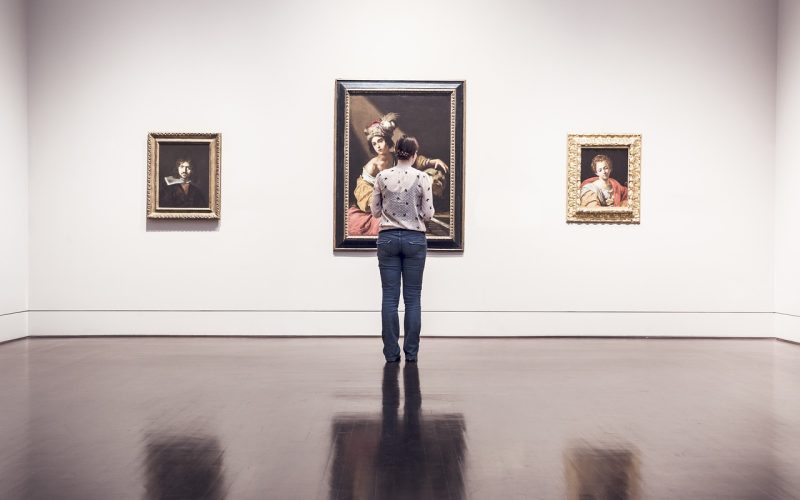The Business of Art Sales
For centuries, artists were dependent upon finding a patron. This person would pay their living expenses and expected the artist to create commissions solely for them. A patron would occasionally lend out the talents of the artists they supported. People would pay the patron rather than the artist for a commissioned work. Sometimes this would be in money, but often the deals were trades that benefitted the patron. In some cases, patronage worked well for the artist. There were no worries about paying the bills or finding work. Unfortunately, not all patrons were kind and caring.
Modern artists no longer have patrons to fully support them while they create. They must support themselves. Some artists have regular day jobs to pay the bills and create their art during the evenings and weekends. Other artists have found part time jobs that stretch the money they make from their art. While neither is quite as satisfying as working full time as an artist, it is still better than the patronage system.
Artists that would rather work full time in their chosen profession must learn how to be successful in business. Marketing their products should be an important goal for them. The more they have in sales, the quicker they can concentrate on their art. Branding is one tool to use as part of a marketing campaign. Making sure each piece sold has the artist's signature, logo or initials gives credibility to the work of an artist. It can also be used in advertising, especially online.
Creating a market for art products means promotion of the products and sometimes even the life of the artist. The general public loves to hear stories, and this helps to identify products and the people who create them. A good story will help cut through the white noise in the world of marketing.



















